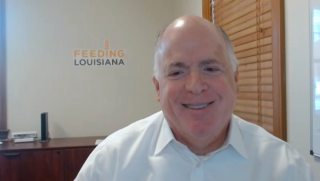
Health Care Cost
Latest News
Latest Videos

CME Content
More News

Acts of discrimination, including subtle microaggressions, during pregnancy and childbirth contribute to higher maternal mortality rates, especially among Black women, and are linked to increased postpartum blood pressure, highlighting the need for improved health care interventions and racial equity in maternity care.

Record numbers have enrolled in Affordable Care Act (ACA) coverage as open enrollment continues through January 15, 2025.

Data pulled from the impact of Clinical Resource Hubs (CRHs) demonstrate the benefits these programs provide to veterans who may be experiencing gaps in care.

Cochair of our recent Institute for Value-Based Medicine® event hosted with NYU Langone Health, Oscar B. Lahoud, MD, speaks on his hoped-for top health care priorities under the incoming administration.

Robin Glasco, MBA, Spencer Stuart, examines the crucial role of data in addressing urgent challenges in health care while inherent and systemic biases coexist, complicating efforts to achieve equity.

How does age, sex, comorbidity, and screening history influence the cost-effectiveness of continuing colorectal cancer (CRC) screening in older adults?

Sarah Ahmad, MBA, CEO of the Coalition for Affordable Quality Healthcare (CAQH), dives into the financial, physical, and emotional toll of neglecting women's health in an interview.
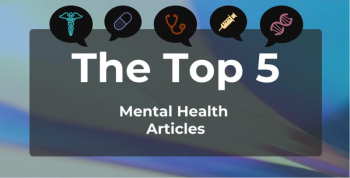
The most-read articles addressing mental health in 2024 spanned therapeutic advancements, research discoveries, and insight into enhanced practice guidelines.
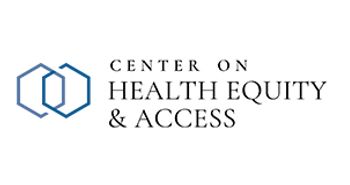
The Center on Health Equity & Access provides news and expert insights on research, health policy, and the impact of social determinants on health.
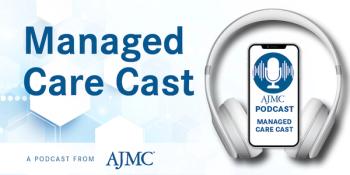
Rachael Drake, pharmacy technician coordinator, University of Kansas Health System, explains how her team collaborates with insurance companies and providers to support treatment access for patients with non-Hodgkin lymphoma.
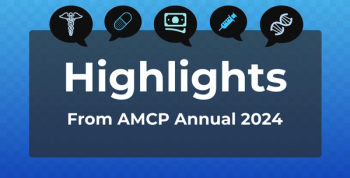
Among the most-read coverage for the annual meeting were presentations on the potential and costs of cell and gene therapies, the latest trends in the industry, and pharmacogenomic testing in mental health.

The health care provisions include key reforms targeting pharmacy benefit managers, extensions of Medicare telehealth flexibilities, and measures aimed at combating the opioid crisis and preparing for future pandemics.
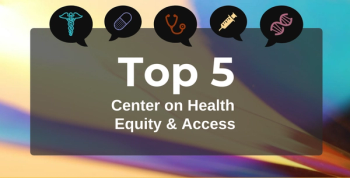
Throughout 2024, the Center on Health Equity & Access explored critical gaps in health care access and innovative efforts to address them.

The most-read obesity articles of 2024 mostly focused on insurance coverage of weight loss medications and costs.

Since its founding in 2012, the National Association of ACOs has evolved from a group of 30 to 477 accountable care organization members covering 9.2 million beneficiary lives.
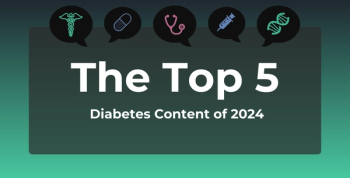
This year’s top diabetes content focused on pediatric metabolic health, misconceptions about weight loss drugs, and more.

Recent analyses spotlight inequities in health care, from the financial burdens faced by employees at small firms due to higher insurance costs to disparities in data and ovarian cancer survival among racial and ethnic groups.
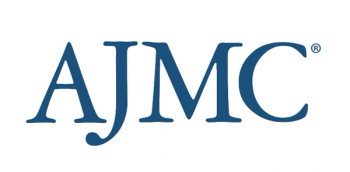
Multicancer early detection testing results in extended life-years and reduced cancer treatment costs through earlier diagnosis, leading to a cost-effective option in cancer screening.

A new report from The Commonwealth Fund compares trends in health plan spending and employee costs for 2014 through 2023 between small and large businesses, taking into account plan premiums, employee contributions, and deductibles. It also highlights that although small firms do not even have to offer health benefits, large firms are required to do so by the Affordable Care Act.
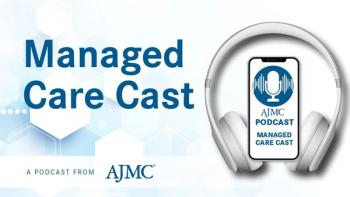
A trio of experts discuss the importance of early diagnosis, treatment barriers, and therapies in the pipeline for idiopathic pulmonary fibrosis (IPF).

Using direct oral anticoagulants as a case study, the authors examined how delayed adoption of novel treatments could impact patient health outcomes and cost.
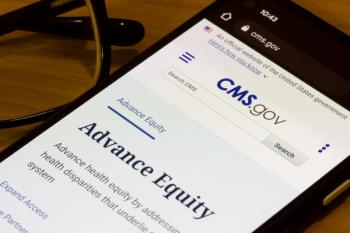

Implementing an individualized starting dose (ISD) of niraparib (Zejula; GSK) reduced severe hematologic adverse event (AE) management costs by 48% compared with a fixed starting dose (FSD) in US patients with ovarian cancer.

Among commercial and Medicare supplemental beneficiaries with cost sharing, higher out-of-pocket spending for the first cardiac rehabilitation session was associated with lower program adherence.

The Center on Health Equity & Access provides news and expert insights on research, health policy, and the impact of social determinants on health.







